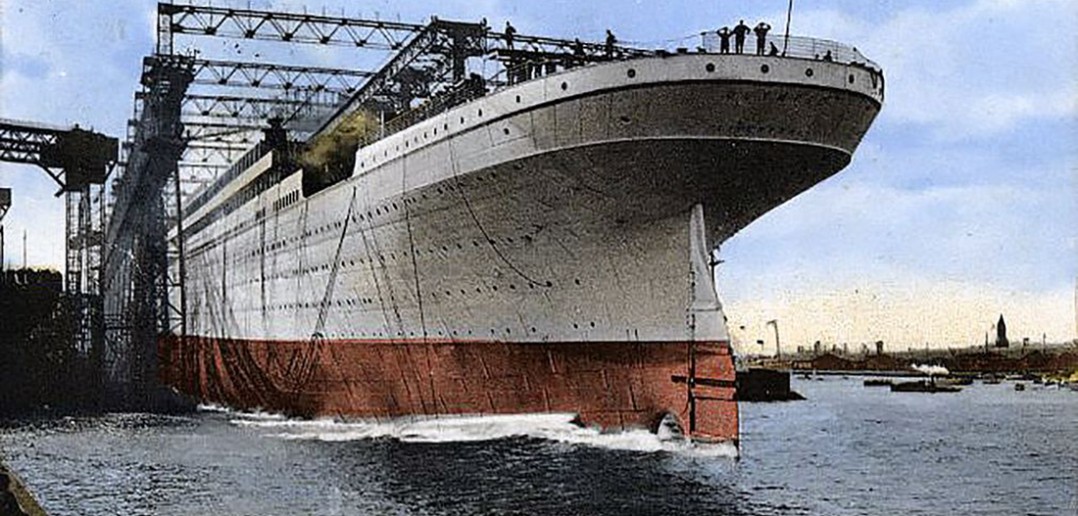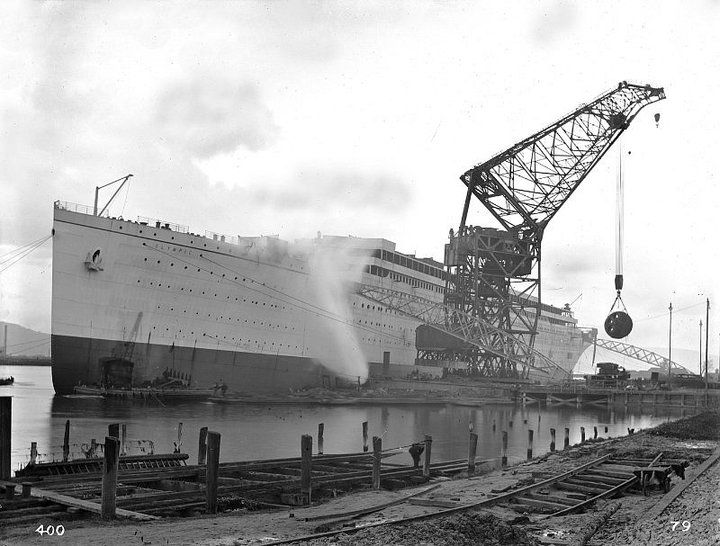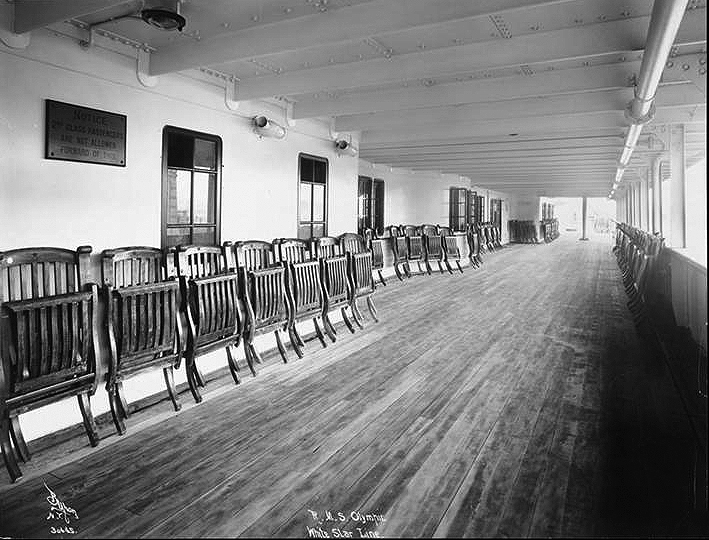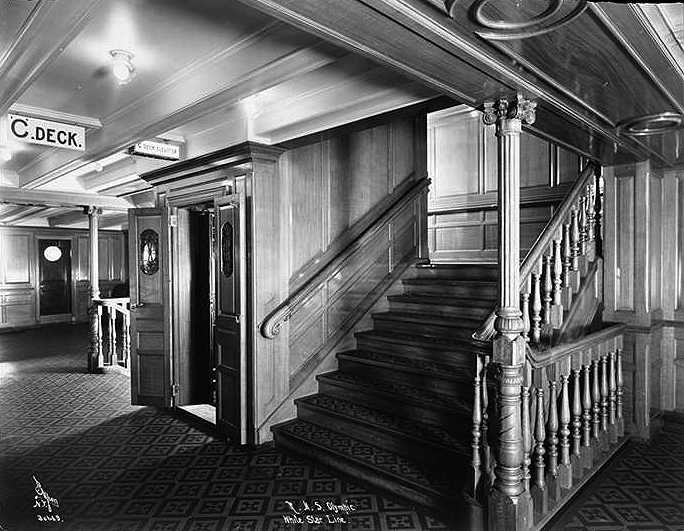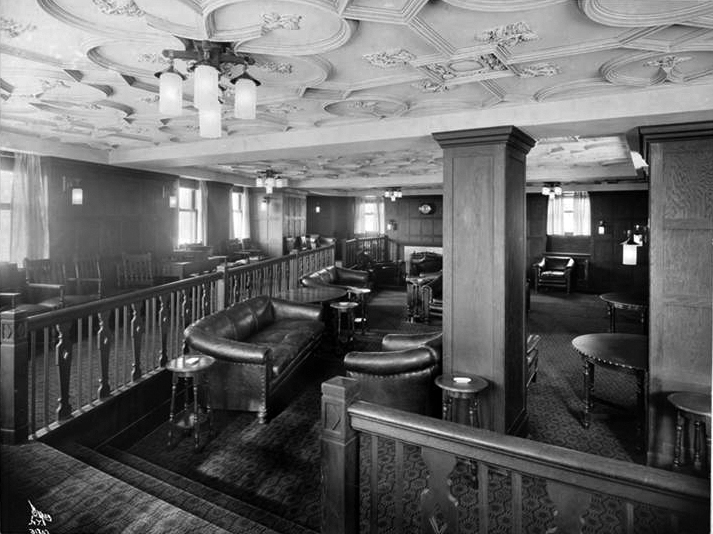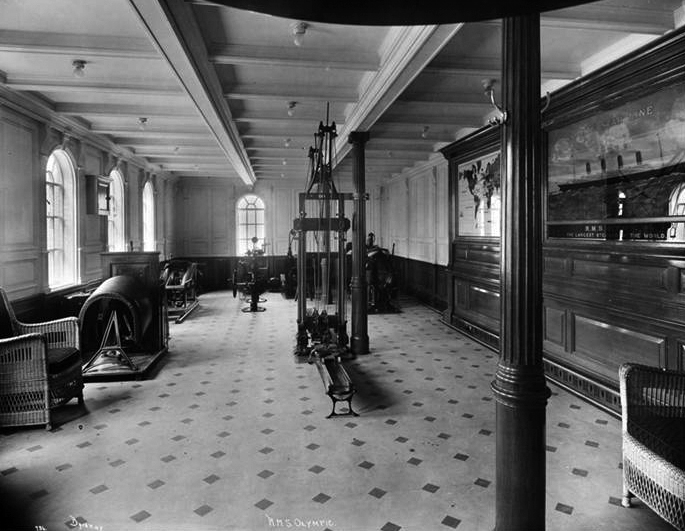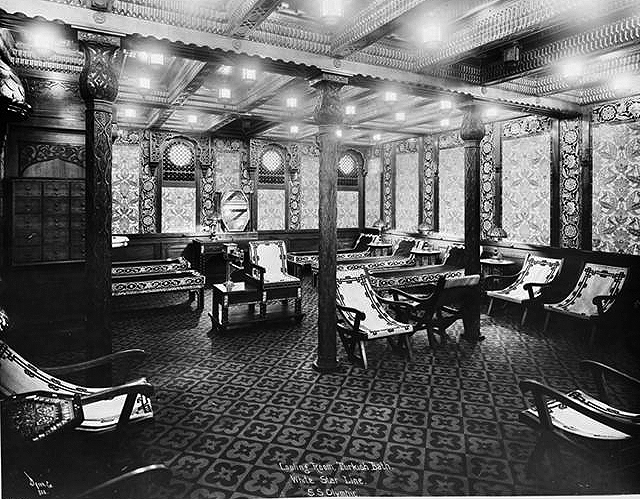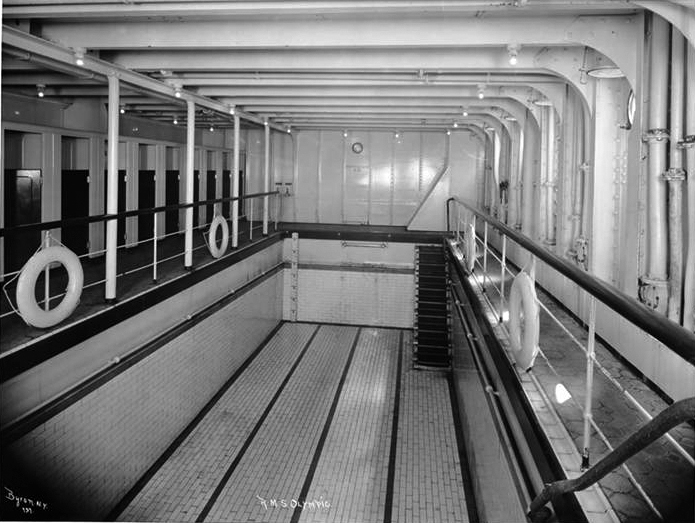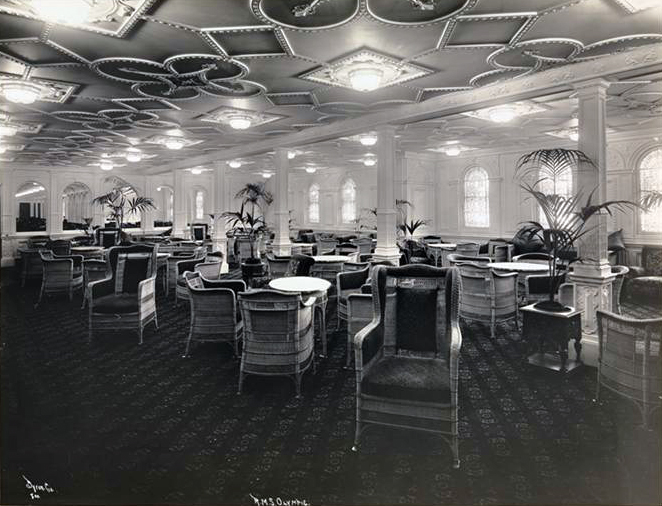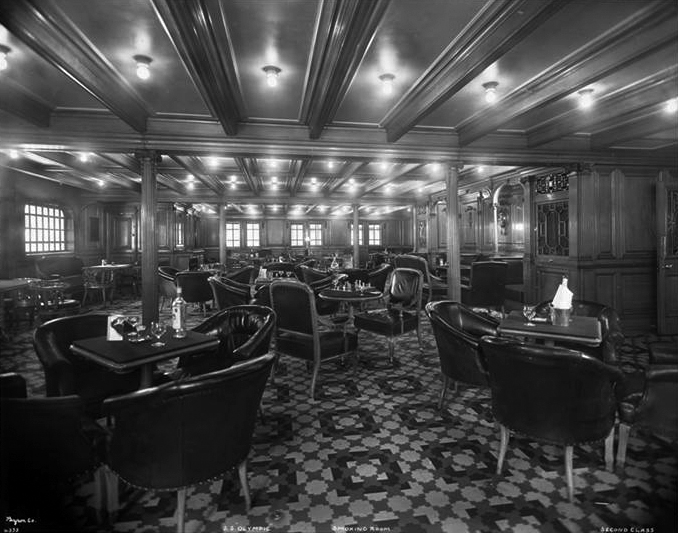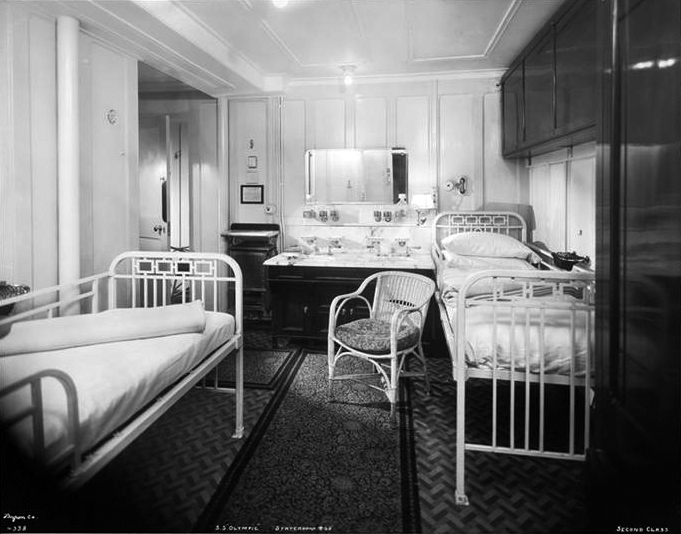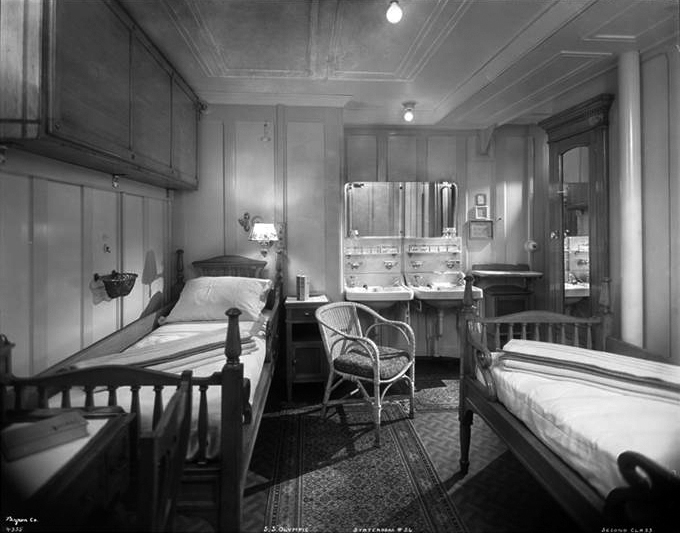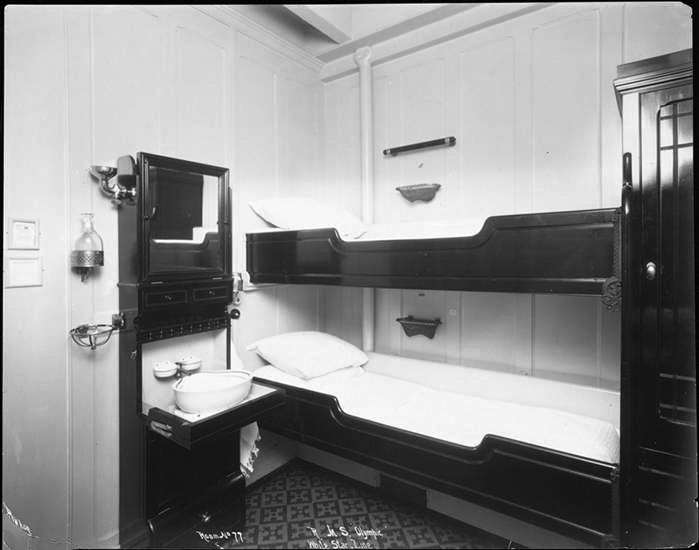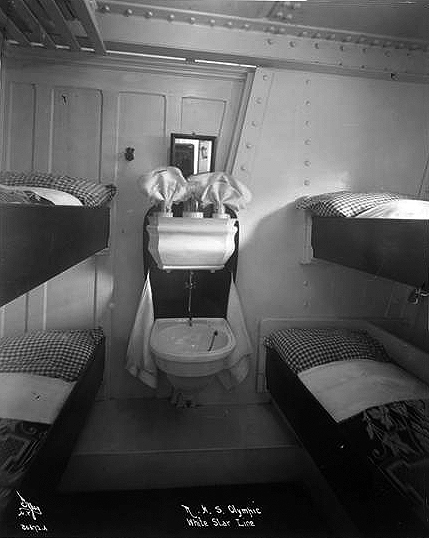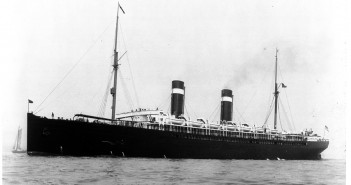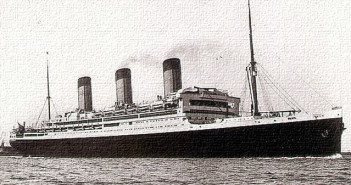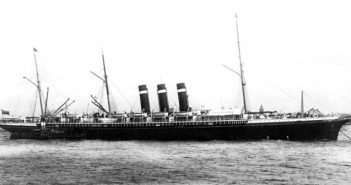Launched on 20 October 1910, White Star Line’s Olympic (1911) was heralded as the world’s largest and grandest liner, and the forerunner of an entire new class of superliners. Yet Olympic was soon doomed to sail in the shadow of her slightly larger sister ship, Titanic, launched in May 1911
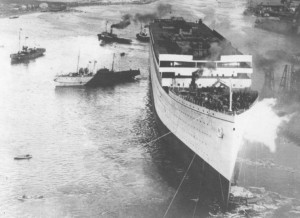
Like Titanic, Olympic was designed by renowned naval architect Thomas Andrews. Olympic, like Titanic, boasted first class accommodations designed to meet the demanding tastes of her wealthy passengers, yet she also met the needs of many less well-heeled business and holiday travelers, as well as emigrants.
Olympic borrowed design elements from grand hotels, country estates, cathedrals, and even a palace or two. As the Edwardian Era transitioned into the Jazz Age, Olympic became a celebrity favorite, transporting notables such as Charlie Chaplin, Mary Pickford, Douglas Fairbanks, and the Prince of Wales (the future Edward VIII/Duke of Windsor). Yet Olympic was also in many ways an unlucky ship, plagued by several collisions (including one that was intentional) and even a mutiny.
As she entered service, the 45,324 GRT Olympic was 882.5 feet long and 92.5 feet at beam. The four-stack liner could carry up to 2,435 passengers and a crew of 950. Her service speed was 21 knots, propelled by a pair of four-cylinder triple-expansion reciprocating engines.
By the early 1930s, the aging liner with a dated interior faced competition from newer, sleeker vessels and a collapsing global economy that was driving an overserved transatlantic passenger market to record lows. The 1934 Cunard Line-White Star Line merger sealed Olympic’s fate and she headed to the breakers the following year.

Please help keep Ocean Liners Magazine afloat. Any amount will be greatly appreciated.
—Regards, John Edwards, Editor/Publisher.

